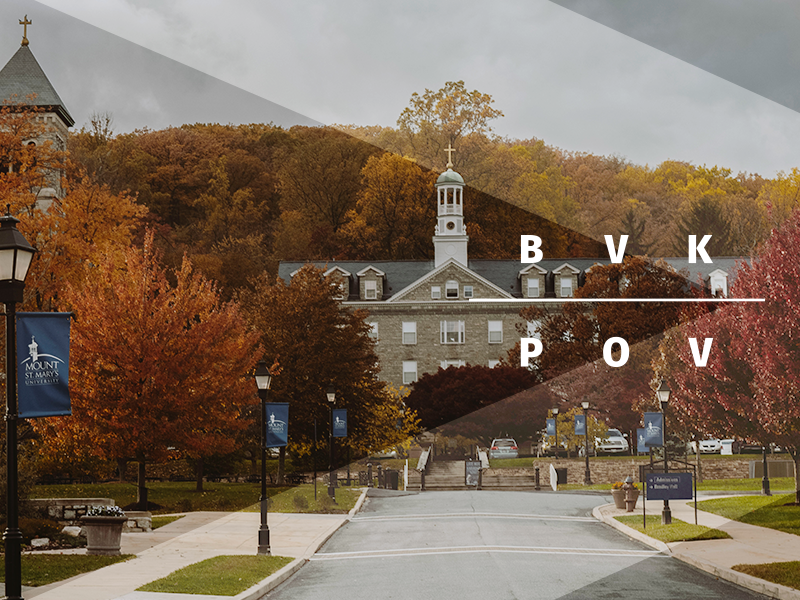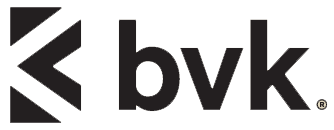5 Go-To Market Strategies Higher Ed Can Learn From CPG
Education

There is a new reality in higher education that requires universities to be more business-minded. Decreased state funding and increased marketplace competition are forcing leadership to be more bottom-line oriented.
At BVK, we understand that the college decision-making process is more complicated and requires deeper consideration than say purchasing a pair of running shoes. Yet, higher ed can learn a great deal from the Consumer Packaged Goods (CPG) category on how to launch their brand in today’s competitive market.
Take an omnichannel approach
As regional and for-profit schools increasingly compete for share of voice, and higher ed recruiting is now done on a national scale, universities must reevaluate what’s traditionally worked and consider all media touchpoints for engaging consumers. This doesn’t necessarily mean walking away from awareness generating media—it may still have its play, particularly for universities in power conferences. But, you must tap into media consumption data to truly understand how to most effectively reach your target segments. CPG brands constantly track and evaluate metrics and frequently revisit the purchase journey of their customers. Where are those purchases being made, and how?
Identify new occasions to maximize opportunity
CPG constantly innovates—product-wise certainly, but also in delivery, pricing and more. Higher education is beginning to understand that legacy can only take them so far. The future of higher ed is predicated on the ability to respond and react to new opportunities—beware of the fixed mindset or approaching work with the “that’s the way we’ve always done it” perspective. Who ever thought there would be a birthday cake flavored Oreo? But after decades of market dominance, Oreo had to re-invent itself. Enter Red Velvet, Mega Stuf, Golden Thins and even Carrot Cake (side note: yuck). Or, look at Chobani’s reimagination of their yogurts. Revenues soared following a product innovation that positioned their yogurts beyond the usual breakfast time and incorporated more savory combinations with mid- and late-day flavors.
In higher ed, this means exploring ways to win at new occasions when the brand can offer unique value. When a mid-range professional hits a career cap; when former military look to transition to civilian life; when all someone needs is a quick credential to gain that next pay raise; how does your university win? In CPG, this is referred to as incrementality—our brand is traditionally strong at this occasion. Now, how do we expand our story?
Establish an immense focus on ACTIONABLE data
CPG does it better than other categories in terms of their collection and analysis of sales and pricing data. I don’t mean to imply that your small-but-mighty UR team will be able to go up against the analytics team of P&G by any means, but what commitment can you make to increase the focus on data that matters? Perhaps an initial goal is creating a data analysis committee, with a standing monthly meeting to review CRM data or what’s new in media performance or having a collaborative session with SEM to review performance marketing. From there, start sifting through your data. Determine what is nice-to-have, and what can inform real, meaningful action for your team. If the data can’t be transferred into action, move along.
Make your brand (expression, in particular) distinctive
Higher education, as we all know, has an abundance of brands that position on similar, if not identical, premises. Self-discovery. Opportunity. Growth. The parity we see in the category is important to note, but we don’t want to downplay the importance of these imperatives. So how do CPG brands battle this same challenge with commodity products? They must push boundaries and take more risks.
Universities must stay attuned to cultural and normative trends and be willing to explore new territories that push historical boundaries. This may mean more frequent campaign refreshes that balance traditional and breakthrough which can result in creative work that stands out and meets your audiences’ latent desires for something different.
Live the brand internally—and capitalize on external opportunities
Operationalize around your brand. Hire staff, recruit faculty, host alumni and donor events with your brand at the center. But also think about how owned channels (websites, social, email), managed by internal teams, can help you radiate the brand externally. Have you maximized owned and earned media? Think about CPG brands that do this well. They live the brand internally, which improves their product, service, etc. as well as generates stories externally about their internal brand culture. Take the infamous Zappos “Quit After Your First Week and Receive $2,000” approach. How can your university live the brand internally and use that culture to help elevate your why, internally and externally with prospective students, alums and families?
BVK acknowledges and understands the heart at the core of higher education’s mission. But we also see vast opportunity in the form of best practice from other industries. And now, more than ever, universities can win by centering themselves on the brand and reaching out to their various communities in innovative ways that resonate most.
Want to know more? We’re happy to share our approach with you. We have a variety of case studies and sample frameworks. Give us a shout or email [email protected] to request more information.
